-1.png)
Image by Luis Ascui/Domain
KEY POINTS
- Over the past two decades, higher-income households have increasingly become renters, driven by declining homeownership among younger Australians
- Many young Australians are choosing to "rent-vest" — renting in desirable locations while owning investment properties elsewhere
- Investors should note the growing demand for premium rental properties with owner-occupier features, driven by affluent tenants seeking quality homes
One of the things that sets Freedom Property Investors apart from its competitors is that we advise our members to invest in quality properties.
Usually, we recommend our clients choose brand new properties with modern designs - like high ceilings, quality appliances, and plenty of space and natural light.
The areas we pick for our clients to invest in are well-planned neighbourhoods, with excellent community facilities and good access to public transport, shops and a thriving local economy.
We also recommend our clients buy into communities where there’s a high number of owner-occupiers.
There’s a simple reason for this.
Over the years, we’ve found the best way to attract the best tenants paying above-average rents comes down to a simple question for investors:
Would I live in this property myself?
This is counter-intuitive to the strategies of some of our competitors, who will advise clients to buy run-down old properties or boarding houses and cram as many university students, migrant workers or itinerants as they can into them, in often unsafe and unsanitary conditions, effectively becoming slumlords.
Cashed-up renters
This short-sighted and highly dubious strategy completely overlooks a growing phenomenon: the rise of high-income renters.
“A surprising fact about household incomes over the past two decades is that the median, or typical, income for a renter household has grown faster than for households that own their home – either outright or with a mortgage,” says PropTrack Senior Economist Angus Moore.
Faster growth in median renter household incomes over the past two decades means a typical renter household now earns 58% of what a mortgaged household does, up from 52% in 1995.
It’s a surprising statistic.
“What is going on here is that the composition of who rents has changed over the past two decades: it is not necessarily that renter households have seen faster income growth on average, it’s that higher-income households are now more likely to be renters,” Angus Moore explains.
“Among higher-income households – say the top 40% of households – the share who rent has been trending up over the past two decades.
“This has been happening everywhere; it is not unique to particular cities or regions,” he says.
Angus Moore says that renters becoming an increasingly larger share of higher-income households is a consequence of declining homeownership among younger Australians.
“Two decades ago, more young high-income households moved into homeownership, meaning the remaining renter households were, on average, lower income,” he says.
“While that selection effect still occurs – younger households that do move into homeownership are disproportionately higher income – not as many young households move into homeownership as used to be the case.
“Given housing affordability remains very challenging, and homeownership difficult for many households, this trend is unlikely to change anytime soon,” Angus Moore says.
Obviously, this shift towards renters being a higher-income group has many implications.
“Higher-income households can afford to pay more in rent; absent sufficient availability, this will put pressure on lower-income renter households – a dynamic we are seeing at the moment,” PropTrack’s Angus Moore says.
“Higher-income renters will also have different housing preferences, which will mean the types of homes in the rental stock may need to change and evolve.”
It goes without saying that higher-income renters want homes with features favoured by owner-occupiers, which explains my point about asking yourself if the property you are investing in has all the features you’d like in a comfortable home.
While it’s true that more renter households have higher incomes, it’s also worth considering that many wealthier tenants may, in fact, be property investors themselves.
There’s a growing trend, particularly among younger Australians, to “rent-vest”.
In other words, renting a home in a desirable location (which might be close to family, friends, work or have a lifestyle appeal) while owning an investment property, often in a more affordable area, and renting it out to generate income.
Gone are the days when renting was merely a step in the property journey for young Australians - a place to hang their hat while they saved up for a deposit on a home of their own.
What this means for investors is that as the proportion of higher-income renters continues to grow, the demand for quality properties attracting premium rents, with all the features favoured by owner-occupiers, will continue to increase.
Stay Up to Date
with the Latest Australian Property News, Insights & Education.




.png?width=292&height=292&name=Copy%20Link%20(1).png)
 SIGN UP FOR FREE NEWSLETTER
SIGN UP FOR FREE NEWSLETTER
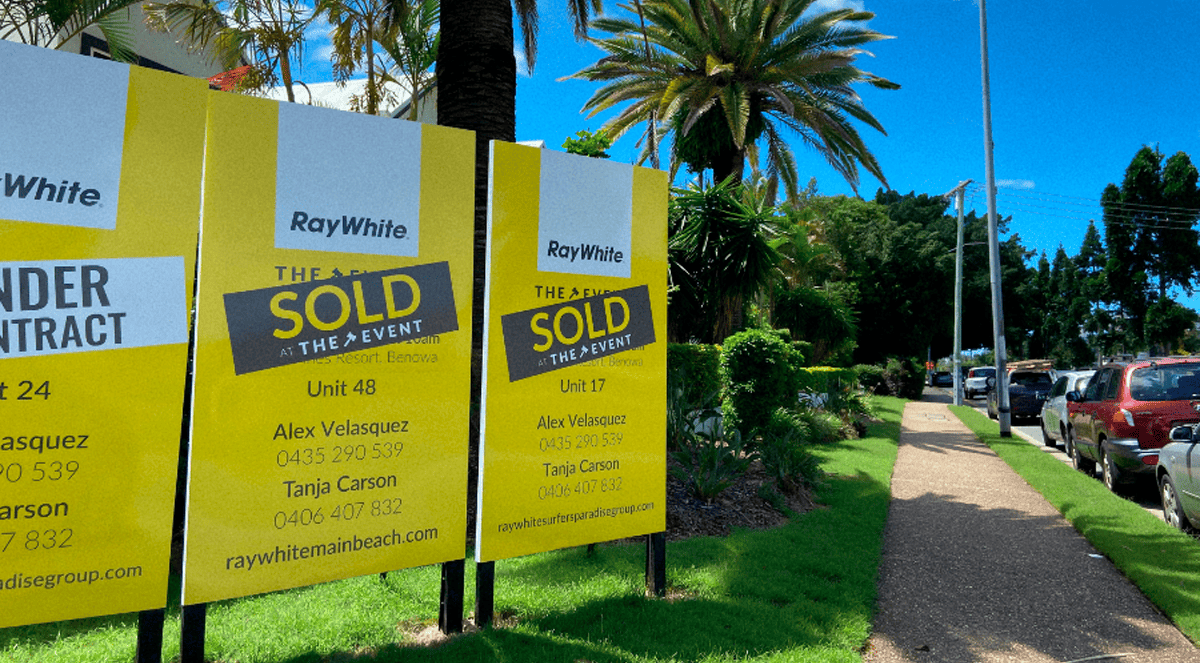
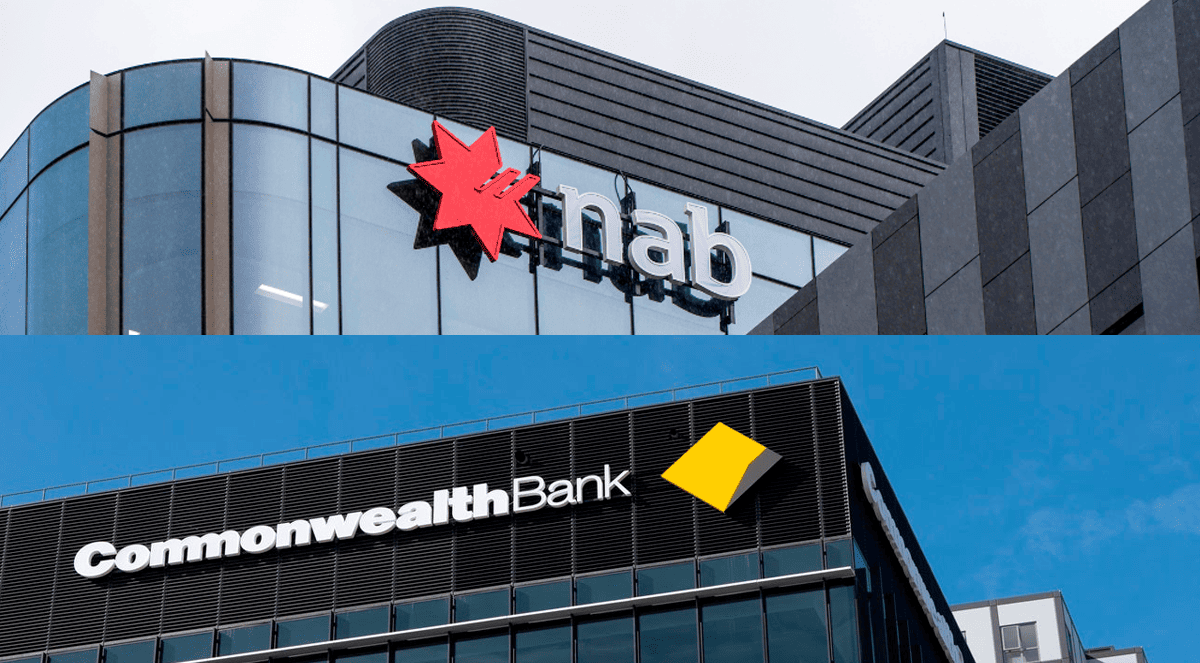
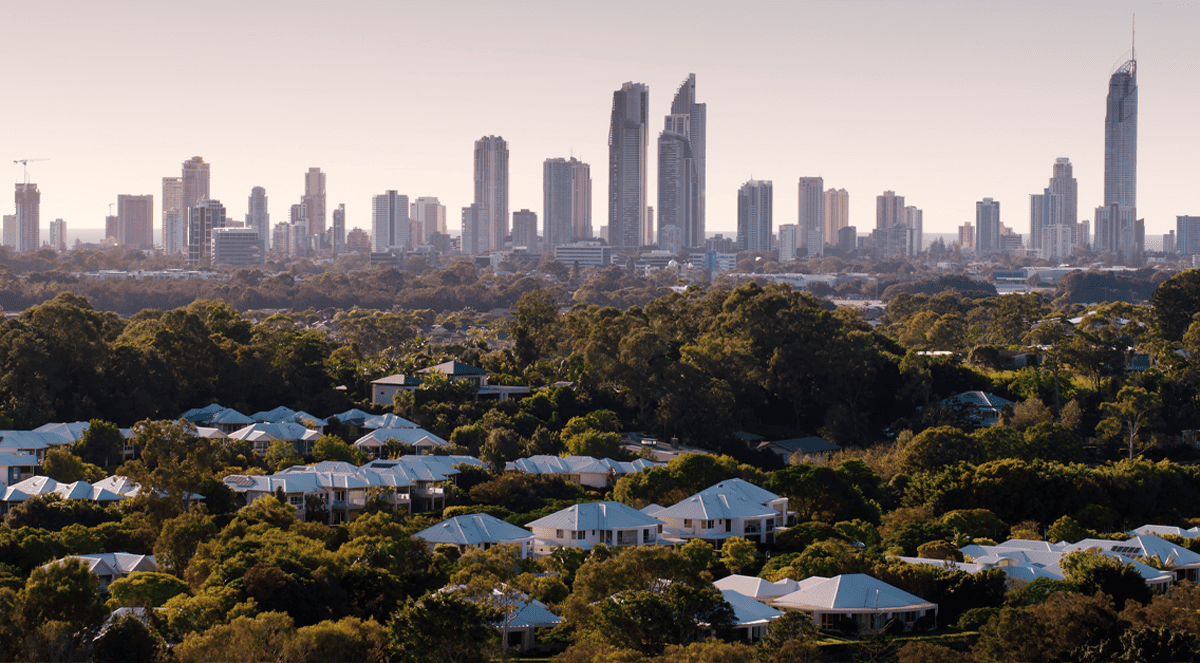
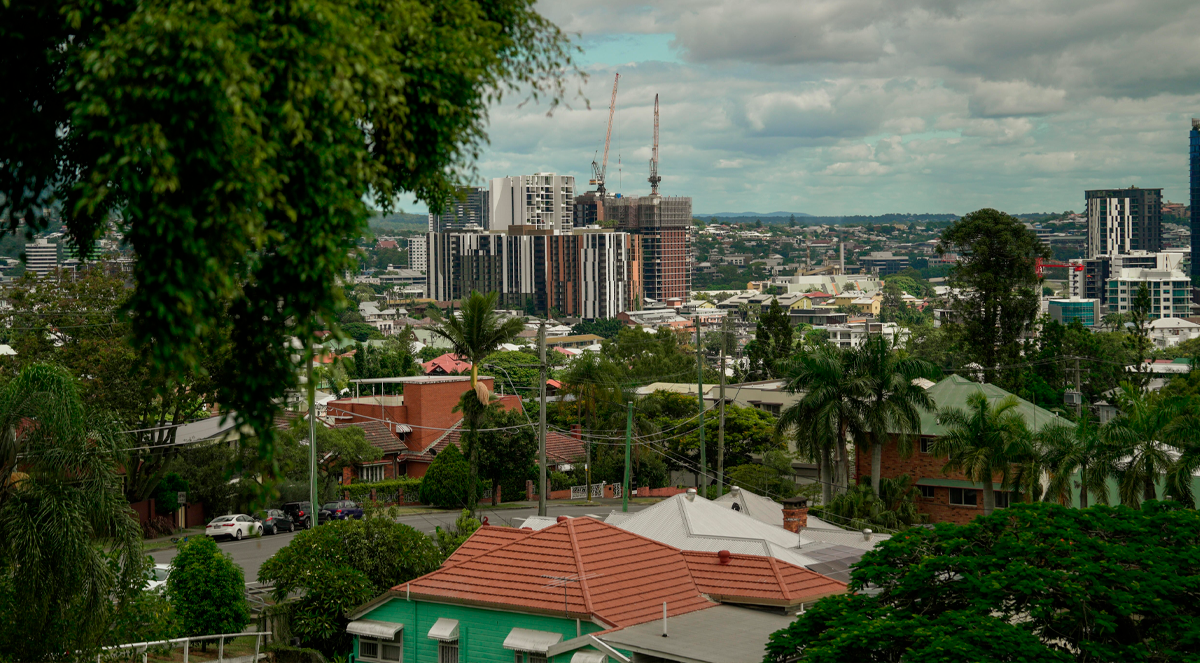
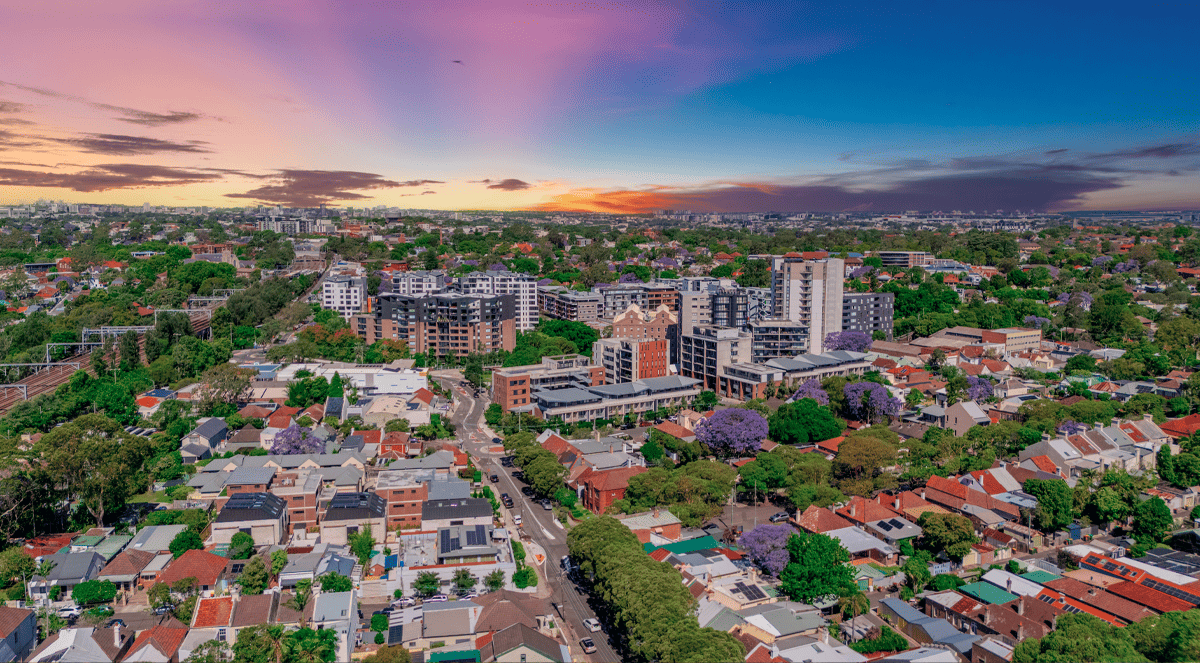
.jpg?width=1920&height=1080&name=Warning%2c%20You%20Might%20Be%20Facing%20Higher%20Taxes%20Soon%20(1).jpg)





.png?width=1920&height=1080&name=Rate%20Drops%20Signal%20BIGGEST%20Property%20Boom%20in%20DECADES%20(1).png)

.jpg?width=1920&height=1080&name=Labor%20vs%20Liberal%20These%20Housing%20Policies%20Could%20Change%20the%20Property%20Market%20Forever%20(1).jpg)
.jpg?width=1920&height=1080&name=QLD%20Slashes%20Stamp%20Duty%20Big%20News%20for%20Investors%20%26%20Home%20Buyers%20(1).jpg)
.jpg?width=1920&height=1080&name=Trump%20Just%20Slapped%20Tariffs%20%E2%80%93%20Here%E2%80%99s%20What%20It%20Means%20for%20Australia%20(1).jpg)
.jpg?width=1920&height=1080&name=Federal%20Budget%202025%20More%20Debt%2c%20No%20Housing%20%E2%80%93%20Here%E2%80%99s%20What%20You%20Need%20to%20Know%20(1).jpg)
.jpg?width=1920&height=1080&name=Australias%20Housing%20Crisis%20is%20about%20to%20get%20MUCH%20Worse%20(New%20Data%20Warns).jpg)
%20(1).jpg?width=1920&height=1080&name=Australias%20RENTAL%20CRISIS%20Hits%20ROCK%20BOTTOM!%20(2025%20Update)%20(1).jpg)
%20(1).png?width=1920&height=1080&name=Is%20Adelaide%20Still%20a%20Good%20Property%20Investment%20(2025%20UPDATE)%20(1).png)
.jpg?width=1920&height=1080&name=RBA%20Shocks%20with%20Rate%20Cuts!%20What%E2%80%99s%20Next%20for%20Property%20Investors%20(1).jpg)
%20(1).jpg?width=1920&height=1080&name=I%20Predict%20The%20Feb%20Rate%20Cut%20(My%20Price%20Growth%20Prediction)%20(1).jpg)
.png?width=1920&height=1080&name=Why%20Property%20Prices%20Will%20Rise%20in%202025%20Market%20Predictions%20(1).png)
.jpg?width=1920&height=1080&name=Why%20Investors%20Are%20Choosing%20Apartments%20Over%20Houses%202%20(1).jpg)
.jpg?width=1920&height=1080&name=Why%20Rate%20Cuts%20Will%20Trigger%20A%20Property%20Boom%20(1).jpg)
.jpg?width=1920&height=1080&name=Retire%20On%202Million%20With%20One%20Property%20(Using%20SMSF).jpg)
.jpg?width=1920&height=1080&name=4%20Reasons%20Why%20You%20Should%20Invest%20in%20Melbourne%20Now%20(1).jpg)
%20(1).jpg?width=1920&height=1080&name=Old%20Property%20vs%20New%20Property%20(Facts%20and%20Figures%20Revealed)%20(1).jpg)
%20(1).jpg?width=1920&height=1080&name=Will%20The%20New%20QLD%20Govt%20Create%20a%20Property%20Boom%20or%20Bust%20(My%20Prediction)%20(1).jpg)
%20Scott%20Kuru%20(1).jpg?width=1920&height=1080&name=Inflation%20Hits%20Three-Year%20Low%20(Will%20RBA%20Cut%20Rates%20Soon)%20Scott%20Kuru%20(1).jpg)
.jpg?width=1920&height=1080&name=How%20to%20Buy%20Investment%20Property%20Through%20SMSF_%20The%20Ultimate%20Guide%20(1).jpg)
.jpg?width=1920&height=1080&name=Victoria%20Slashes%20Stamp%20Duty%20Melbourne%20Set%20to%20Boom%20Scott%20Kuru%20(1).jpg)
.png?width=1571&height=861&name=Are%20Foreign%20Buyers%20Really%20Driving%20Up%20Australian%20Property%20Prices%20(1).png)
.jpg?width=1920&height=1080&name=The%20Single%20Factor%20That%20Predicts%20Property%20Growth%20Regions%20(1).jpg)
%20Scott%20Kuru%20(1).jpg?width=1920&height=1080&name=My%20Prediction%20On%20Rates%20%26%20Negative%20Gearing%20(Market%20Crash)%20Scott%20Kuru%20(1).jpg)

-1.png?width=1920&height=1080&name=Major%20Banks%20Cut%20Rates%20Will%20RBA%20Follow%20Suit%20(Sept%20Rate%20Update)-1.png)
%20Scott%20Kuru-1.png?width=1920&height=1080&name=Rate%20Cut%20Coming%20What%20New%20Zealands%20Move%20Means%20for%20Australia%20(Sept%20Prediction)%20Scott%20Kuru-1.png)
%20(1).jpg?width=1920&height=1080&name=Buy%20when%20the%20interest%20rates%20are%20high!%20(Why%20you%20must%20buy%20now!)%20(1).jpg)
.jpg?width=1920&height=1080&name=Carms_Revised%20Taxes%20Due%20Aug%209%20YT%20Thumbnail02%20(1).jpg)
.jpg?width=1920&height=1080&name=Carms_Too%20Little%20Too%20Late%20Aug%207%20YT%20Thumbnail01%20(1).jpg)









.jpg?width=1920&height=1080&name=Carms_Rate%20Drop%20In%20July%20Jun%2010%20YT%20Thumbnail02%20(1).jpg)
.jpg?width=1920&height=1080&name=Carms_Own%20a%20Property%20V6%20Jun%205_YT%20Thumbnail%20(1).jpg)









.png?width=1920&height=1080&name=Artboard%201%20(3).png)






.jpg?width=1920&height=1080&name=YT%20thumbnail%20%20(1).jpg)

